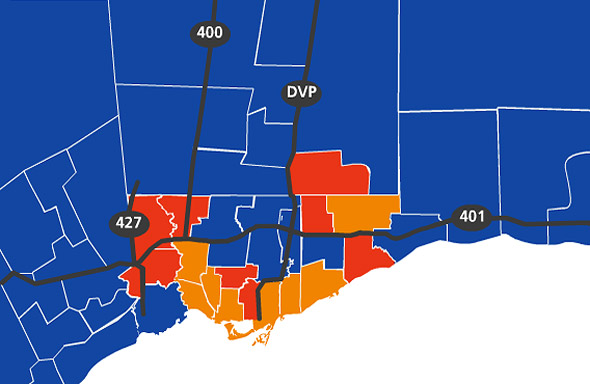Tuscani01
Senior Member
It just seems premature to me to act like the Relief Line was stopped or cancelled while they are determining the route, studies are under way and haven't asked for funding yet.
I agree. This isn't a matter of choosing one project over another. We've known that RER has been in the planning stages for ages, the routes already exist, and have been undergoing upgrading in anticipation of RER service. This is why Smart Track is getting all of the attention today. Its much further along in the planning process than the DRL.
That's not saying that planning the DRL has stopped because the city is focusing on Smart Track. There is nothing to suggest that this is true. In fact, one of my friends is working at the city of TO on the DRL plan. It's been going on throughout the election, and after the election. Nothing has stopped. It's moving towards finding an alignment and recommended stations. Once that is done, a cost will be attached to the plan, and the city will be able to request funding from other levels of government.
